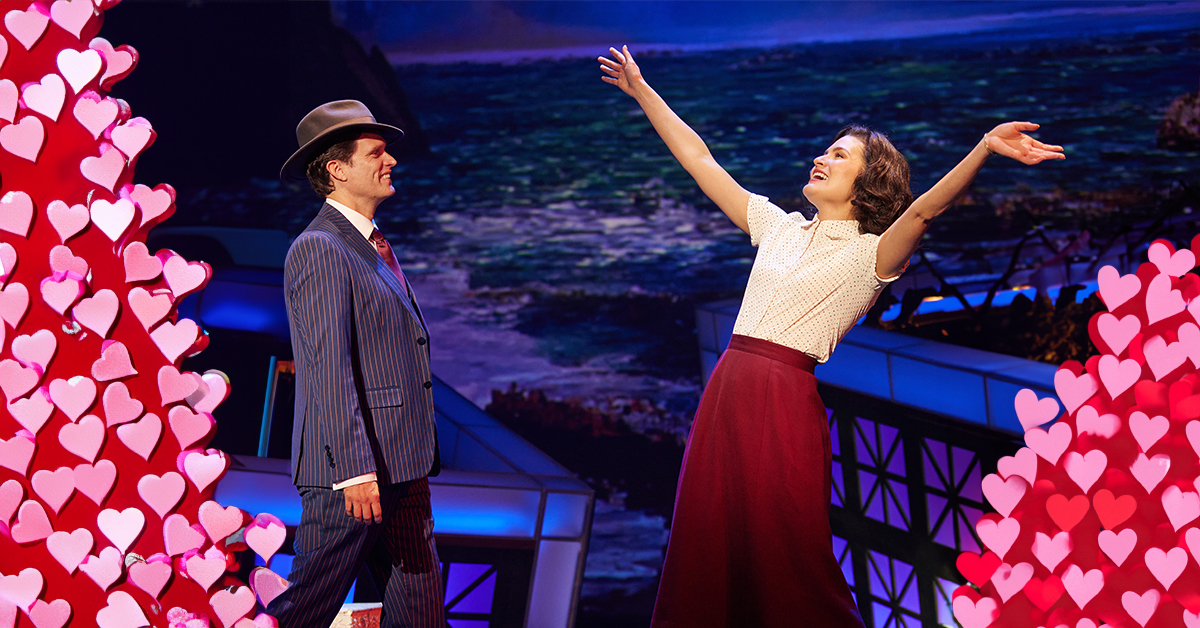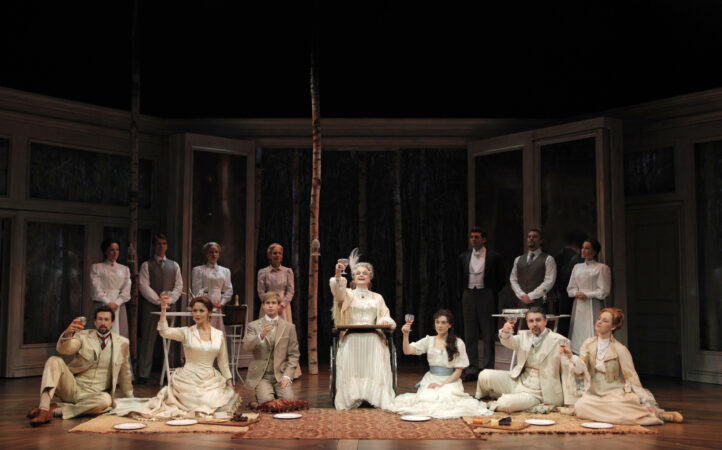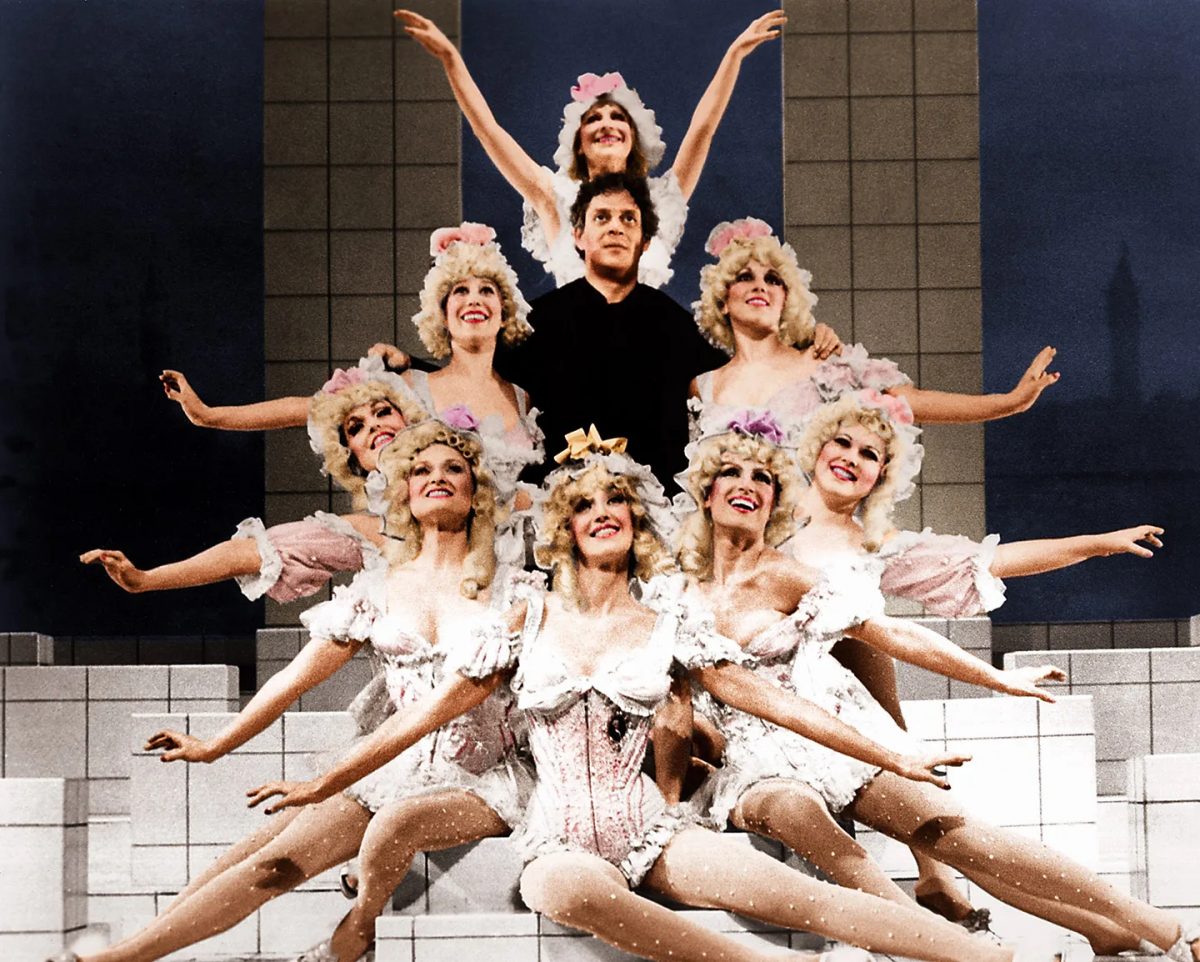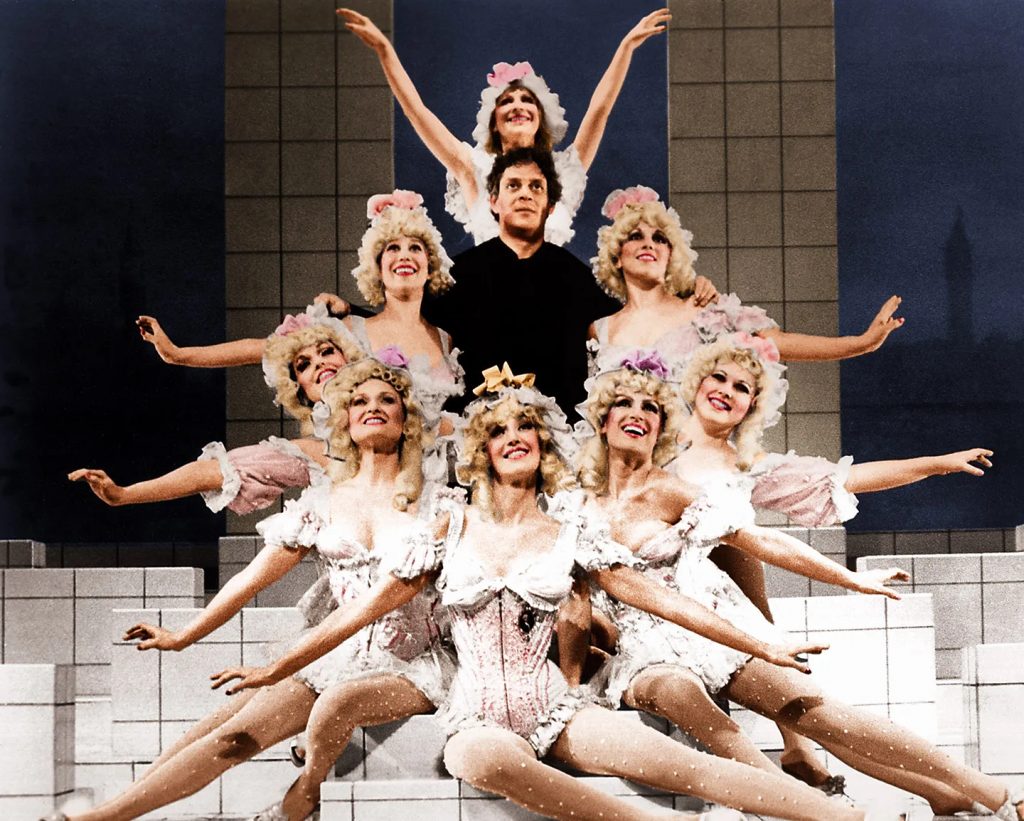We all know that theater is a labor of love. But some of Broadway’s brightest stars have taken that to heart more than others, looking within our own theater community for romantic partnerships. In preparation for Valentine’s Day, here’s Broadway’s Best Shows’ list of our favorite Broadway duos.
Audra McDonald & Will Swenson
Audra McDonald is the Tony-winningest performer in history. And if she represents Broadway royalty, then her husband of over 10 years, Will Swenson, undoubtedly stands as a king in his own right. While McDonald graced the stage most recently in Ohio State Murders, Swenson commanded the stage just across Times Square, leading the cast of A Beautiful Noise as Neil Diamond. The couple starred opposite each other in a 2015 Williamstown Theatre Festival production of A Moon for the Misbegotten by Eugene O’Neill.
Phillipa Soo & Steven Pasquale
Another pair of performers, Philippa Soo and Steven Pasquale recently mirrored their real-life relationship, playing lovers at the Kennedy Center in their 2022 production of Guys & Dolls. Individually, Soo has appeared in Hamilton, Amélie, and Camelot, while Pasquale’s credits include The Bridges of Madison County and American Son. The couple were married in 2017, following her star-making run in Hamilton and ahead of his engagement in Lincoln Center Theater’s Junk.
Andy Karl & Orfeh
Likely the first Broadway couple that comes to mind for many, Andy Karl & Orfeh have been married since 2001, mere months after meeting when Karl joined the cast of Saturday Night Fever. The stalwarts have appeared together on the Broadway stage twice more since then, in 2007’s Legally Blond: The Musical and 2018’s Pretty Woman: The Musical.
Christopher Fitzgerald & Jessica Stone
It might be a surprise to learn that the Tony-nominated director of Kimberly Akimbo and the upcoming Water for Elephants is married to the legendary character actor, of Wicked, Waitress, and now Spamalot fame. In true showbiz fashion, Fitzgerald and Stone met in 1999, performing opposite each other in the 1999 Encores! Concert of Babes in Arms at City Center, and married in 2001. As Stone transitioned from a performer to a director, they continued to work together – most notably, Stone directed the legendary 2009 production of A Funny Thing Happened on the Way to the Forum at Williamstown Theatre Festival, starring Fitzgerald as Pseudolus alongside an all-male cast.
Lisa Peterson & Rachel Hauck
A power couple off- and on Broadway, Rachel Hauck is the Tony-winning set designer of Hadestown, and Lisa Peterson is the two-time OBIE-winning director of new plays premiered around the country. They met while working at the Mark Taper Forum in 1996. Audiences might best know their project An Iliad, which Peterson wrote with performer Denis O’Hare, and which toured the country after its 2012 premiere. They most recently collaborated on the 2023 play Good Night, Oscar, which also marked Peterson’s Broadway debut.
Charlotte d’Amboise & Terrence Mann
Triple threat Charlotte d’Amboise has been married to fellow performer Terrence Mann since 1996, after meeting over a decade prior when they were both in Cats on Broadway. D’Amboise has had a long career on the Broadway stage, including two Tony-nominated performances, but is maybe best known for her perennial stints as Roxie Hart in Chicago, to which she has returned more than 25 times for brief runs in the starring role. Mann, a three-time Tony nominee, has appeared in 14 Broadway productions since 1981. The couple most recently appeared together in the 2013 revival of Pippin, and have also co-founded Triple Arts, a training program for aspiring musical theater performers, which they operate and teach together.
Maryann Plunkett & Jay O. Sanders
Two veterans of the New York stage, Maryann Plunkett and Jay O. Sanders have been married since 1991. Each with decades-long careers on and off Broadway, the pair has appeared onstage together in Richard Nelson’s Apple Family and The Gabriels play cycles, as husband & wife in the former three plays and then as brother- & sister-in-law in the latter. Recently, their work on Broadway overlapped as Sanders finished up the final weeks of his run in Purlie Victorious: A Non-Confederate Romp Through the Cotton Patch at Music Box Theatre, while Plunkett worked directly across 45th Street in tech rehearsals for The Notebook at the Gerald Schoenfeld Theatre.
Leslie Odom, Jr. & Nicolette Robinson
Tony Award winner Leslie Odom, Jr. married Nicolette Robinson back in 2012, years before he would go on to become a household name as the original Aaron Burr in Hamilton, and she would make her own Broadway debut in Waitress. The couple are frequent creative collaborators, releasing music together, co-writing a children’s book, and most recently, teaming up as producers for the 2023 Broadway revival of Purlie Victorious, in which Odom also starred in the title role.
Allan & Beth Williams

Behind-the-scenes duo Allan Williams & Beth Williams have each been a part of over 65 Broadway productions in their careers to date. Allan is a veteran General Manager and Producer, recently serving as GM on Purlie Victorious, Good Night Oscar, and Diana the Musical and as Executive Producer on American Utopia, The Band’s Visit, and American Psycho. Beth is a Producer, who also served as CEO of Broadway Across America between 2008 and 2013. She has 12 Tony Awards to date, and her next show is the new musical Water for Elephants.




